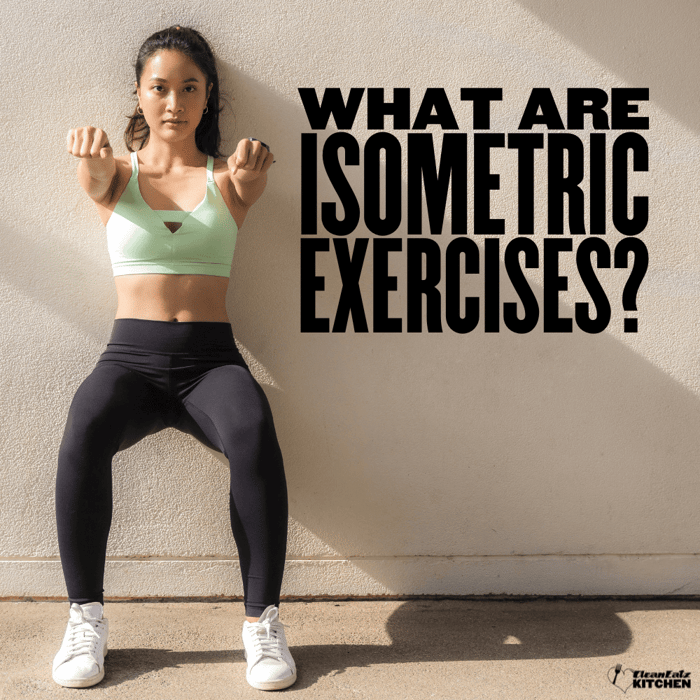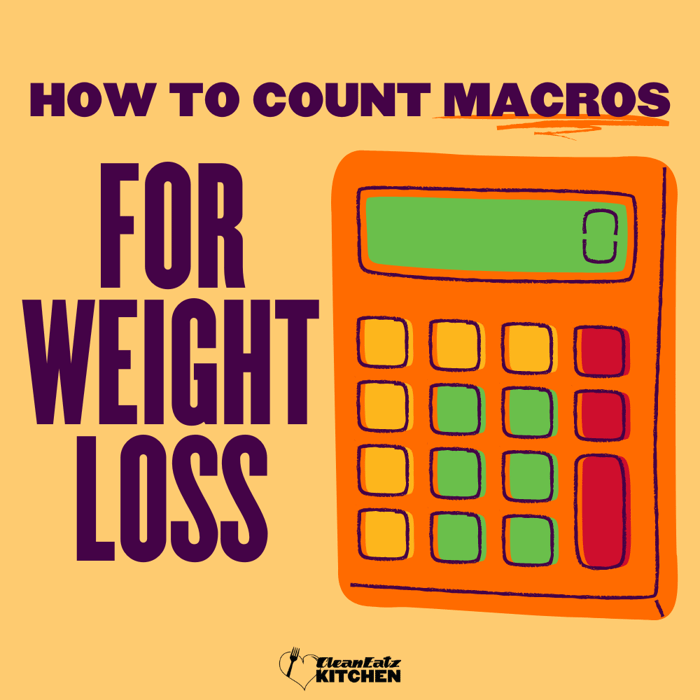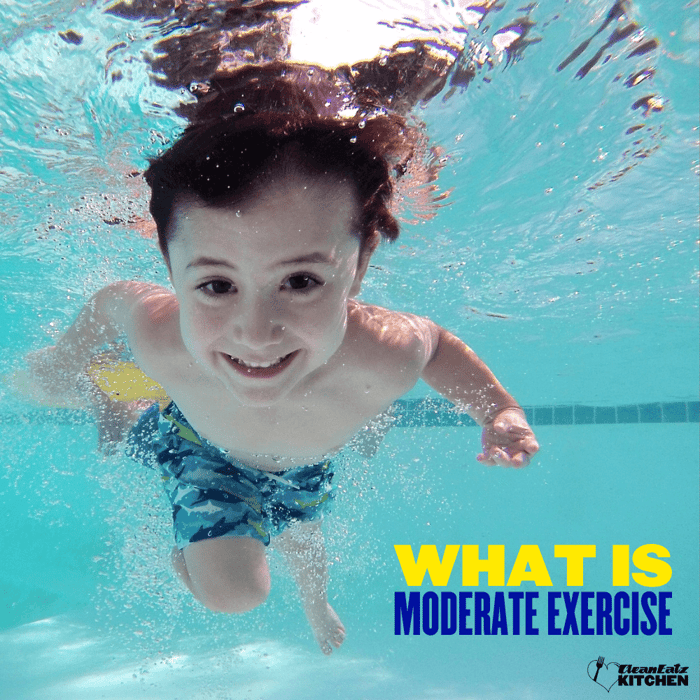What Are Isometric Exercises?

Jason Nista
Exercises & Fitness
10/06/2025 1:27pm
4 minute read
What are isometrics?
Isometric = contract and hold with no joint movement (e.g., plank, wall sit, glute-bridge hold, isometric push-up hold). By contrast, isotonic moves the joint through a range (e.g., squats, rows). Isometrics are joint-friendly, quick to set up, and useful at home or while traveling.
Key benefits (and limits)
- Strength & stability: Isometrics improve force at the angle you train (angle-specific gains). Vary your joint angles over time for carryover.1
- Blood pressure support: Programs built on isometric wall sits or handgrip can lower resting BP—some analyses find larger drops than other modes when matched for dose.2, 3
- Time-efficient & low-equipment: Wall + timer (or a squeeze device) is enough for many protocols.
- Limits: Strength gains concentrate near the trained angle; add some full-range strength work for well-rounded results. For fat loss, pair training with diet quality and portions (see what to eat for weight loss and protein shakes guide).
How to do them well (form & programming)
- Breathe: In through the nose, out through the mouth—no breath-holding (avoids big BP spikes).
- Dosage (general strength): holds of 10–45 seconds, 2–5 sets per exercise, 2–4 days/week, resting 30–60 sec between sets. Rotate angles (e.g., shallower and deeper knee/hip bends).
- Progression: Add time (5–10s), increase angle (harder lever), increase tension (e.g., towel row pull), or reduce support.
New to exercise? Review how much exercise per day and avoid the most common strength mistakes.
2 evidence-based protocols (wall-sit & handgrip)
Protocol A — Wall-sit plan (BP-friendly)
- Setup: Back on the wall, feet forward, knees/hips ~90°. Keep heels down and spine neutral.
- Work: 4 × 2-minute holds with 2 minutes rest between sets, 3×/week. Start with ~30–60s holds and build toward 2 minutes if needed.
- Intensity cue: Solid burn but steady breathing; if form breaks, stop early.
Protocol B — Handgrip plan (BP-friendly)
- Tool: Handgrip dynamometer or a quality spring gripper you can hold steadily.
- Work: 4 × 2-minute holds at ~30% max squeeze per hand, 1–2 minutes rest, 3×/week. Alternate hands set-to-set.
- Tip: If you don’t know 30% max, pick a light resistance you could hold ~2–3 minutes while breathing normally.
Note: Both protocols above have been used in clinical studies of resting blood pressure. Keep your physician in the loop if you’re managing hypertension.
10-minute anywhere routine (strength + stability)
Do 2–3 days/week. Breathe steadily; stop if pain (not just effort) appears.
- Plank hold — 30–45s × 2
- Wall sit — 30–60s × 2
- Isometric push-up hold (mid-range) — 20–40s × 2
- Glute-bridge hold — 30–45s × 2
- Towel row (isometric pull) — 20–40s × 2
Training hard? Pair with smart fueling—see post-workout carbs and our high-protein basics.
Safety & who should be cautious
- Always breathe (avoid Valsalva/breath-holding) and stop if you feel dizzy, chest pain, or unusual shortness of breath.
- If you have high blood pressure, heart disease, or are pregnant, consult your clinician first; isometrics can acutely raise BP, but well-designed protocols have been found safe and effective for resting BP when done correctly.
- Joint comfort first: adjust depth/angle to a pain-free position; progress gradually.
Prefer a non-tracking approach to fat loss? Compare portion control vs. calorie counting or browse our calorie-controlled meal plans.
FAQs
Are isometrics enough to build muscle?
They can increase strength (especially at the trained angle) and help maintain muscle. For size and full-range strength, include some moving lifts too.
Do isometrics burn many calories?
Not particularly—use them for strength, stability, and BP benefits. For fat loss, prioritize diet quality and protein; start with this guide.
Can they help tendon pain?
In some cases, heavy isometric holds can reduce tendon pain short-term, though findings are mixed. For persistent pain, see a clinician.
References
- Angle-specific strength gains with isometric training. PubMed (2019); NSCA article.
- Network meta-analysis: isometric training (esp. wall sits) effective for BP. Br J Sports Med 2023 (PDF in link page).
- Updated reviews on isometric training for BP control. Open-access review 2024; BJSM 2023.
- Handgrip protocol commonly used in trials (4×2 min @ ~30% MVC). Open-access RCT 2022.
- Home-/work-based wall-sit protocols (4×2 min, 3×/wk) reduce SBP. Open-access 2023; Wiles 2016 PDF.
- Safety & BP responses (breathe; avoid Valsalva). Safety review 2018; AHA page.
- Tendinopathy pain: immediate analgesia reported in some studies; evidence mixed. Rio 2015; Krogh 2022 review.
Educational content only; not medical advice.
Related Articles
How to Count Macros for Weight Loss
7 minute read
What Is Anaerobic Exercise? Benefits & Starter Workouts
5 minute read



